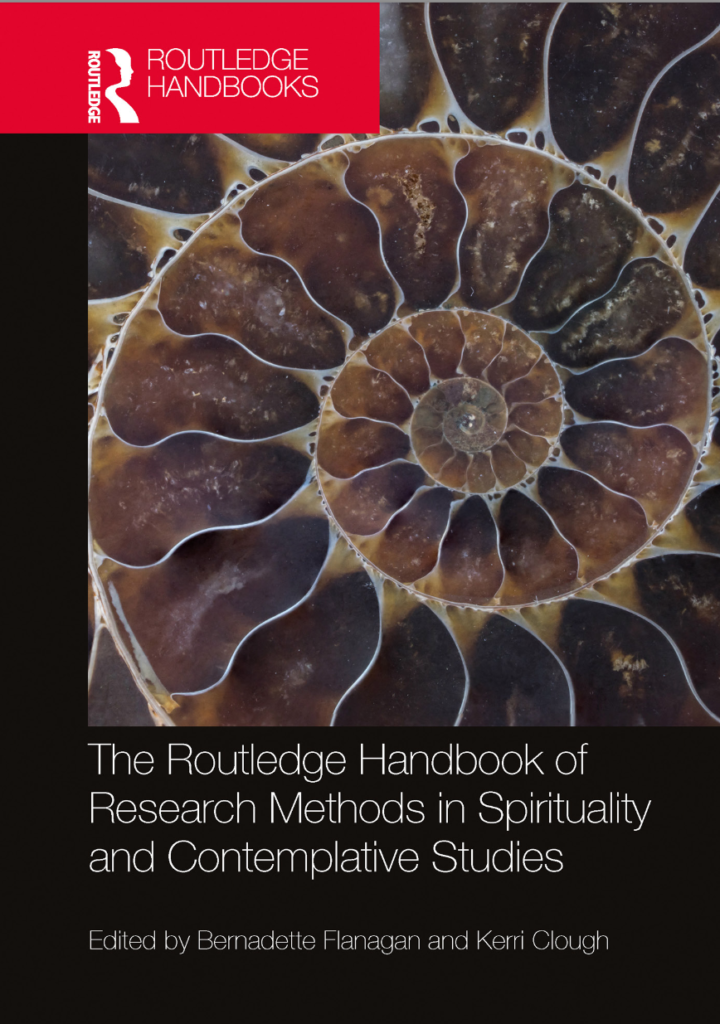Embodied Spiritual Inquiry: A Participatory Research Method in Spiritual and Contemplative Studies – by Olga Sohmer & Jorge Ferrer
The main purpose of this chapter is to introduce Embodied Spiritual Inquiry (ESI) as a novel participatory research method in the context of spiritual and contemplative studies. ESI applies Albareda and Romero’s interactive embodied meditations (Ferrer 2003) in the context of a participatory research paradigm inspired by Cooperative Inquiry (CI; Heron 1996) in order to access multiple human faculties (e.g., somatic, vital, emotional, mental, contemplative) and mindfully inquire into collaboratively decided questions. ESI systematically engages both contemplative awareness and multiple ways of knowing through mindful physical contact among practitioners. Contemplation is thus not applied as a preparation for or enhancement of intellectual learning (valuable strategies in themselves), but as the very means of a multidimensional, participatory inquiry seeking to intersubjectively access the epistemic power of all human attributes (i.e., body, vital world, heart, mind, and consciousness; Ferrer 2002; Ferrer, Romero, and Albareda 2005).
ESI names a contemplative participatory method designed by Jorge N. Ferrer in the context of graduate courses offered at California Institute of Integral Studies, San Francisco. ESI seeks to facilitate access to different ways of knowing through intersubjective contemplative practice in order to provide new perspectives within psychological, spiritual, and contemplative discourse. Further, ESI is founded on participatory approaches that understand spiritual knowing as embodied, relational, and enactive or inquiry-driven (e.g., Ferrer 2002, 2008, 2011a, 2017; Ferrer and Sherman 2008a; Heron 1992, 1998, 2006; Lahood 2007). This chapter presents the methodology and epistemology of ESI, including descriptions of the primary methodological inquiry tools (i.e., interactive embodied meditations), cycles of the inquiry process, the basic structure of a typical ESI session, and the process for selecting an inquiry focus or question. The chapter also examines some methodological implications of ESI including intrapersonal epistemic diversity, transpersonal morphic resonance, generalisability, and contextual, transformative, and participatory validity (Anderson and Braud 2011; Ferrer 2002, 2017). The chapter concludes by presenting a summary of a published ESI case study, which addressed the nature of relational spirituality and participants’ experiences of the spiritual presence reportedly emerging “in-between” persons (see Osterhold, Husserl, and Nicol 2007). Exploring the methodology and pedagogy of ESI, this chapter thus introduces ESI as a research method of particular value for the domains of spirituality and contemplative studies.
